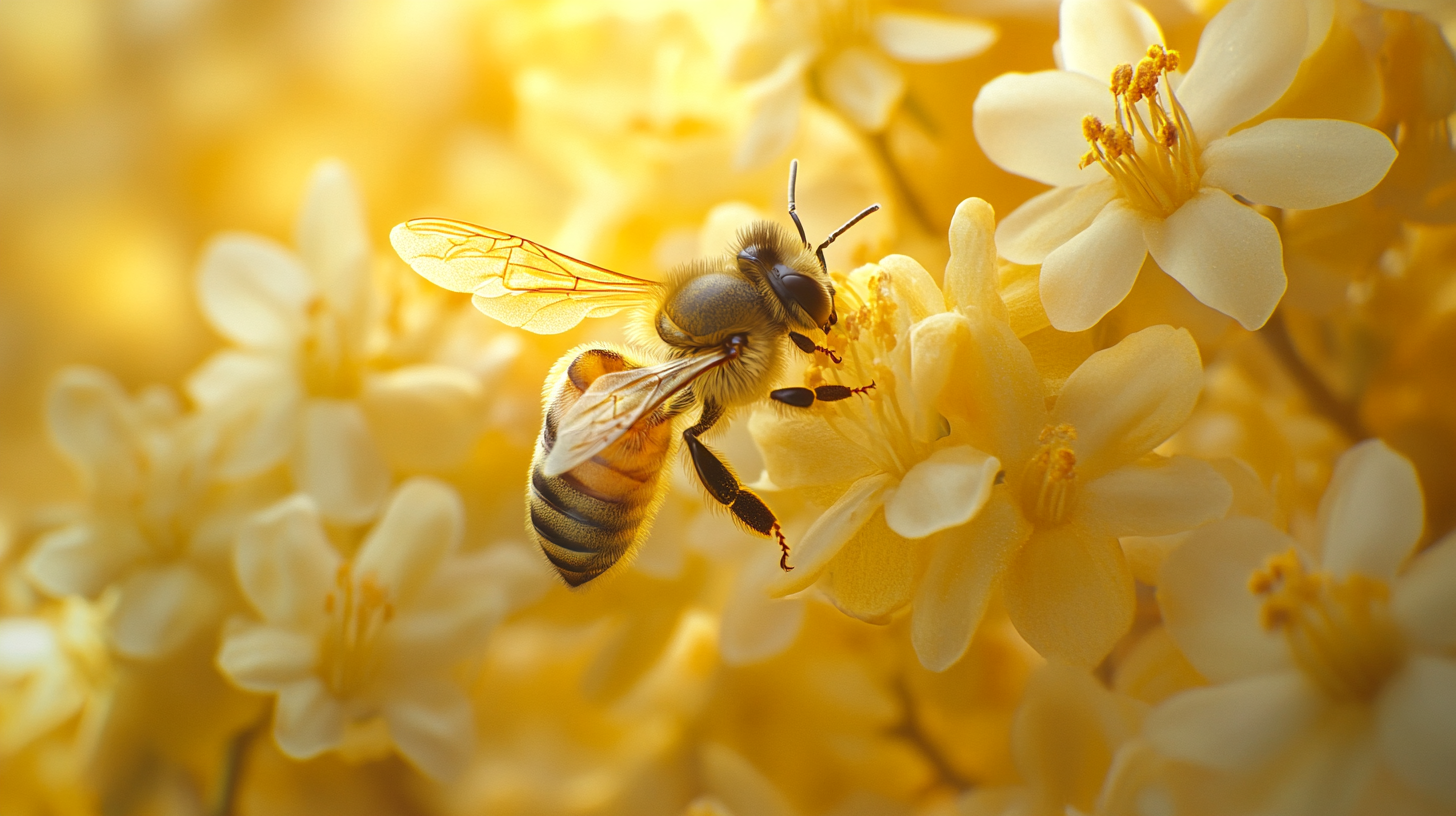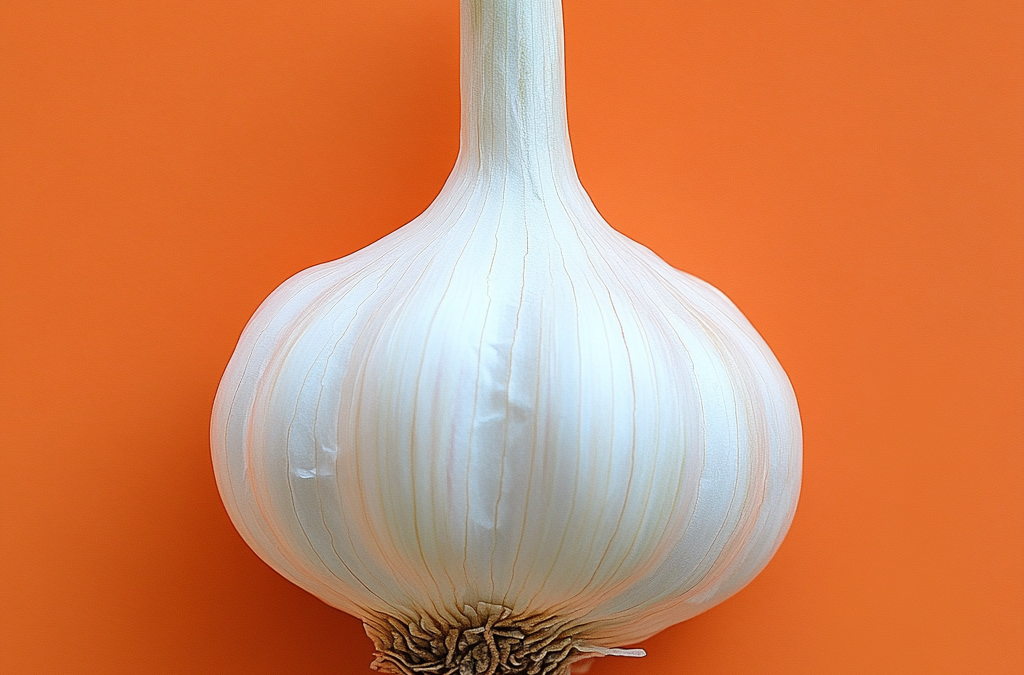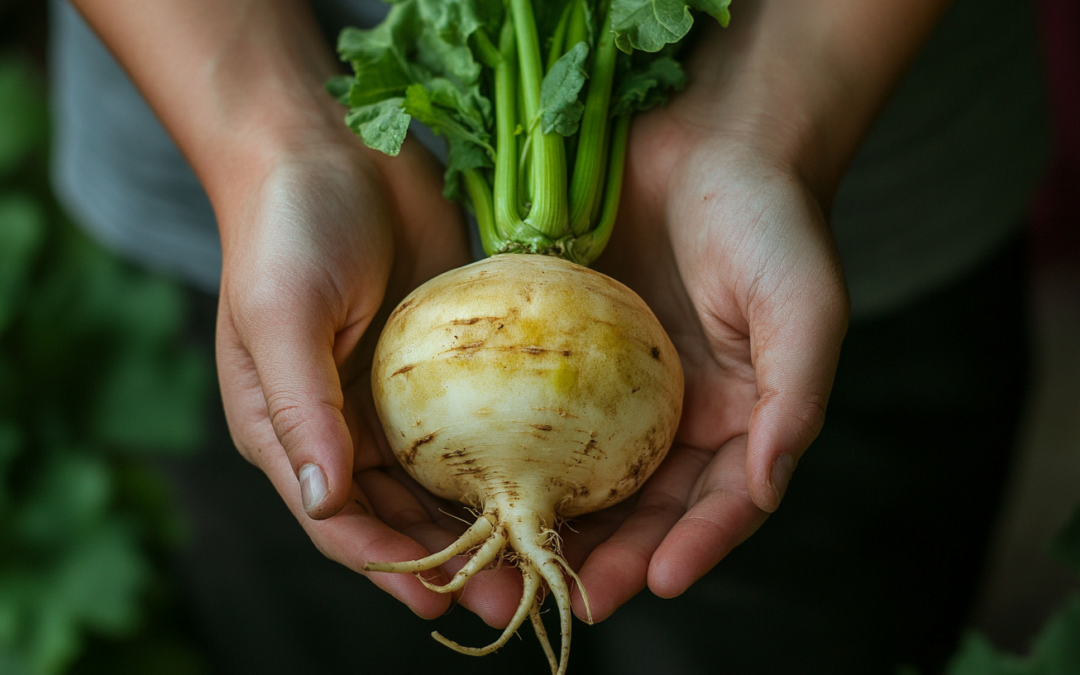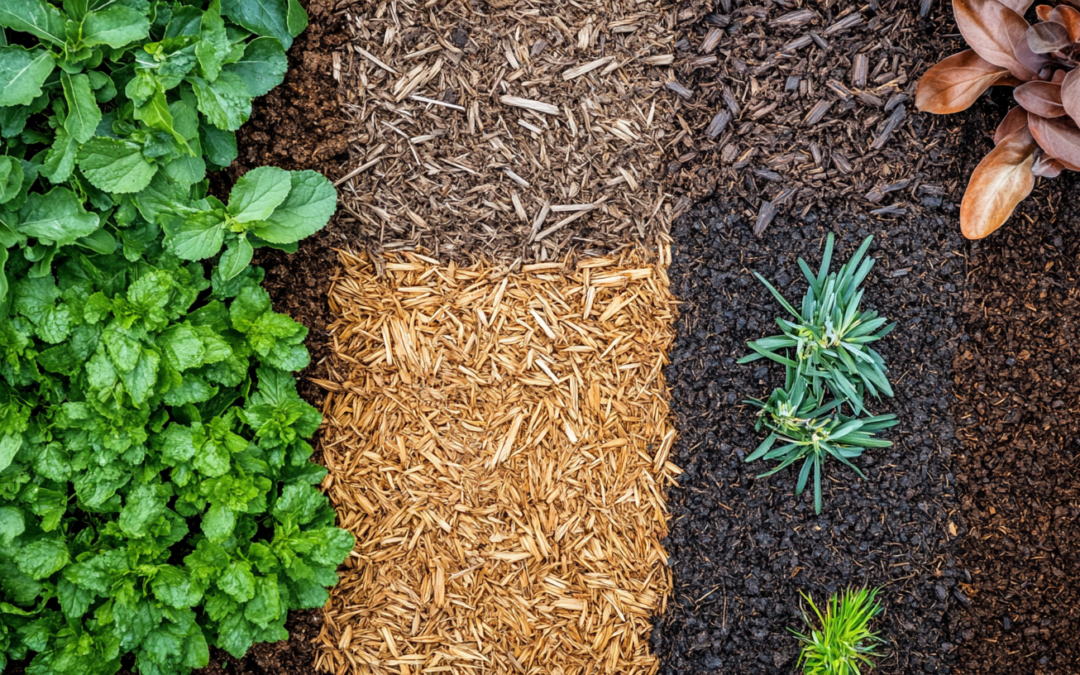Pollinators like bees, butterflies, hummingbirds, and even certain beetles are essential for a thriving garden and a healthy ecosystem. Creating a pollinator-friendly garden not only supports these vital creatures but also boosts your plant’s productivity. Here’s how to get started:
1. Choose the Right Plants
- Opt for native flowers that are adapted to your local environment. Native plants are more likely to attract local pollinators.
- Include a mix of flowers that bloom in different seasons to provide food year-round.
2. Prioritize Diversity
- Plant a variety of shapes, sizes, and colors to attract different types of pollinators. For example:
- Bees love blue, purple, and yellow flowers.
- Butterflies are drawn to red, orange, and pink blooms.
3. Avoid Pesticides
- Pesticides can harm pollinators directly or reduce the availability of safe food. Use natural pest control methods instead.
4. Provide Shelter
- Create habitats for pollinators to rest and nest. For example:
- Install bee hotels for solitary bees.
- Leave a patch of bare soil for ground-nesting bees.
- Plant shrubs or trees for shelter.
5. Add a Water Source
- Pollinators need water too! Set out a shallow dish with water and small stones or floating corks for them to land on safely.
6. Go Organic
- Avoid synthetic fertilizers and opt for compost or organic soil amendments to keep your garden pollinator-friendly.
7. Reduce Lawn Space
- Replace part of your lawn with wildflowers or flowering ground covers. This creates more habitat and food sources for pollinators.
8. Spread Awareness
- Add a small sign to your garden to let others know it’s pollinator-friendly. This encourages neighbors to join the movement and create their own pollinator havens!
By taking these steps, you’ll create a vibrant, buzzing garden that supports pollinators and ensures your plants thrive. Plus, you’ll enjoy the beauty of nature at work right in your backyard! 🌸🐝🦋



